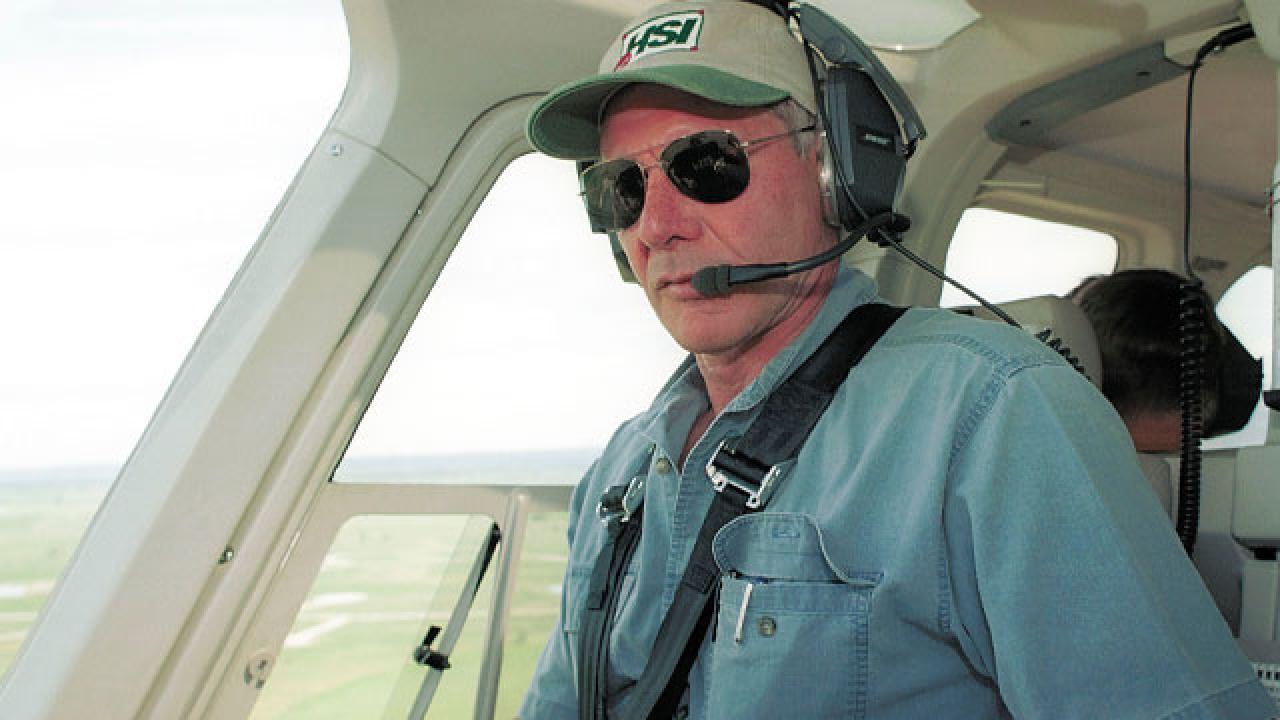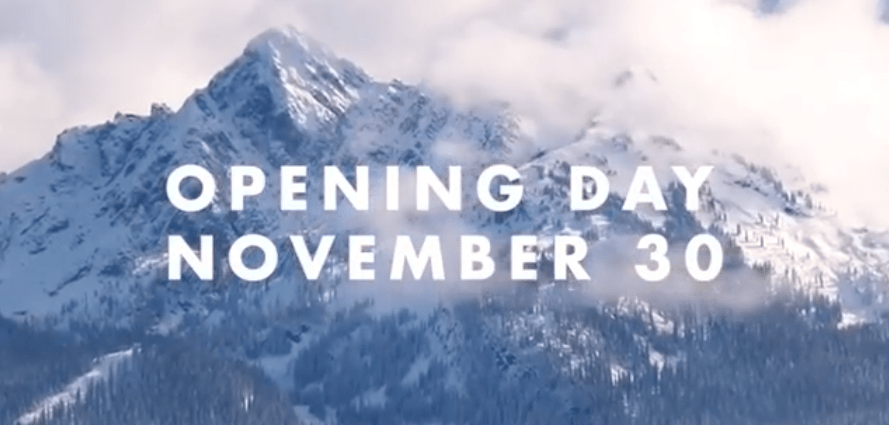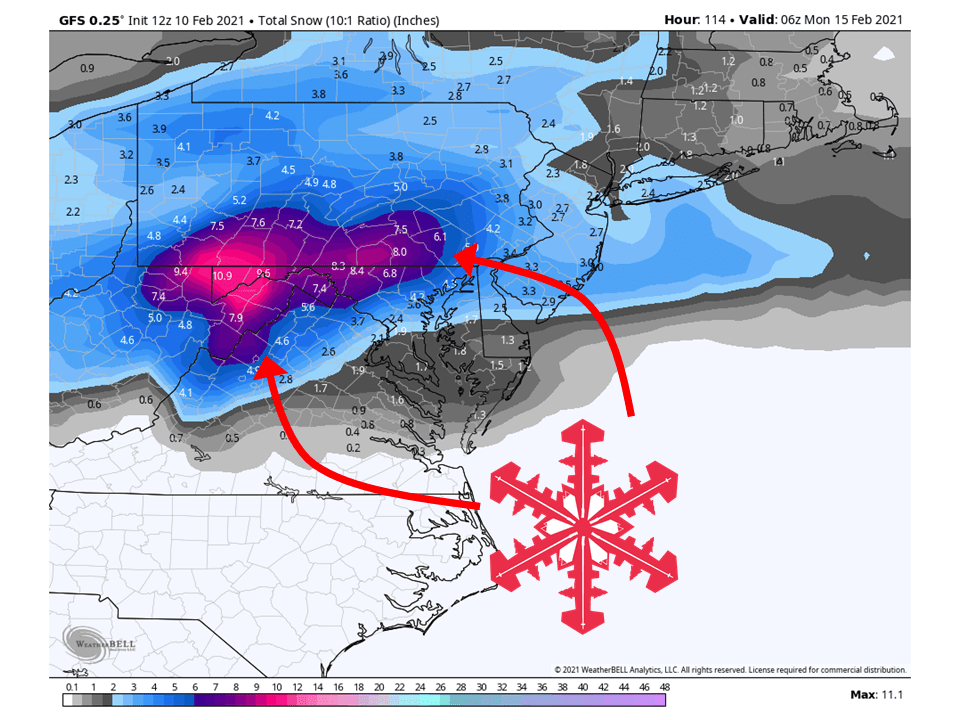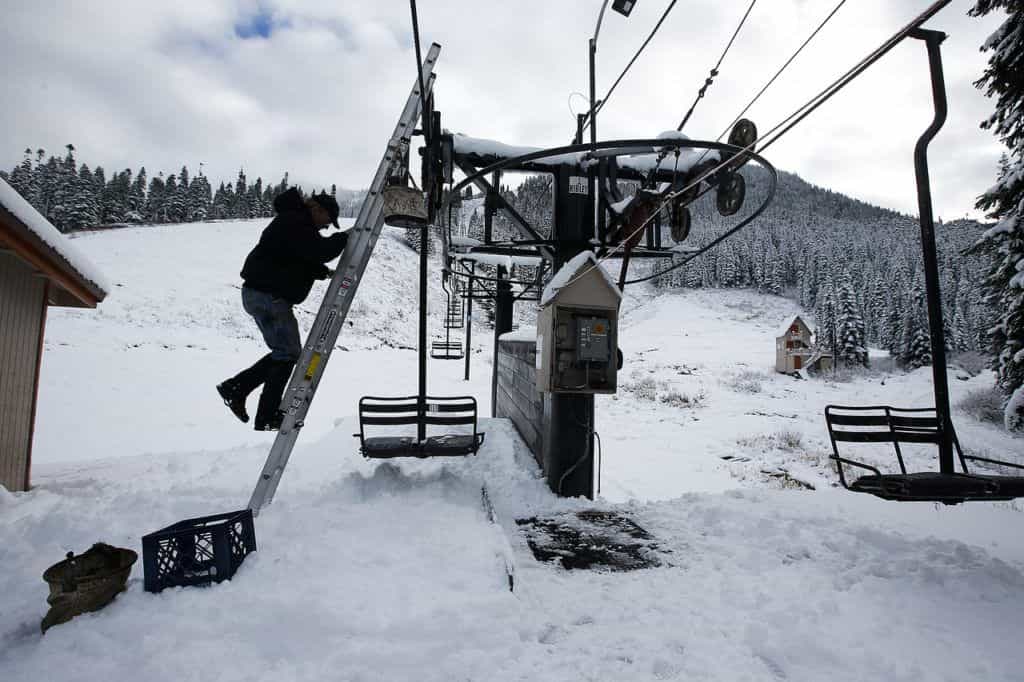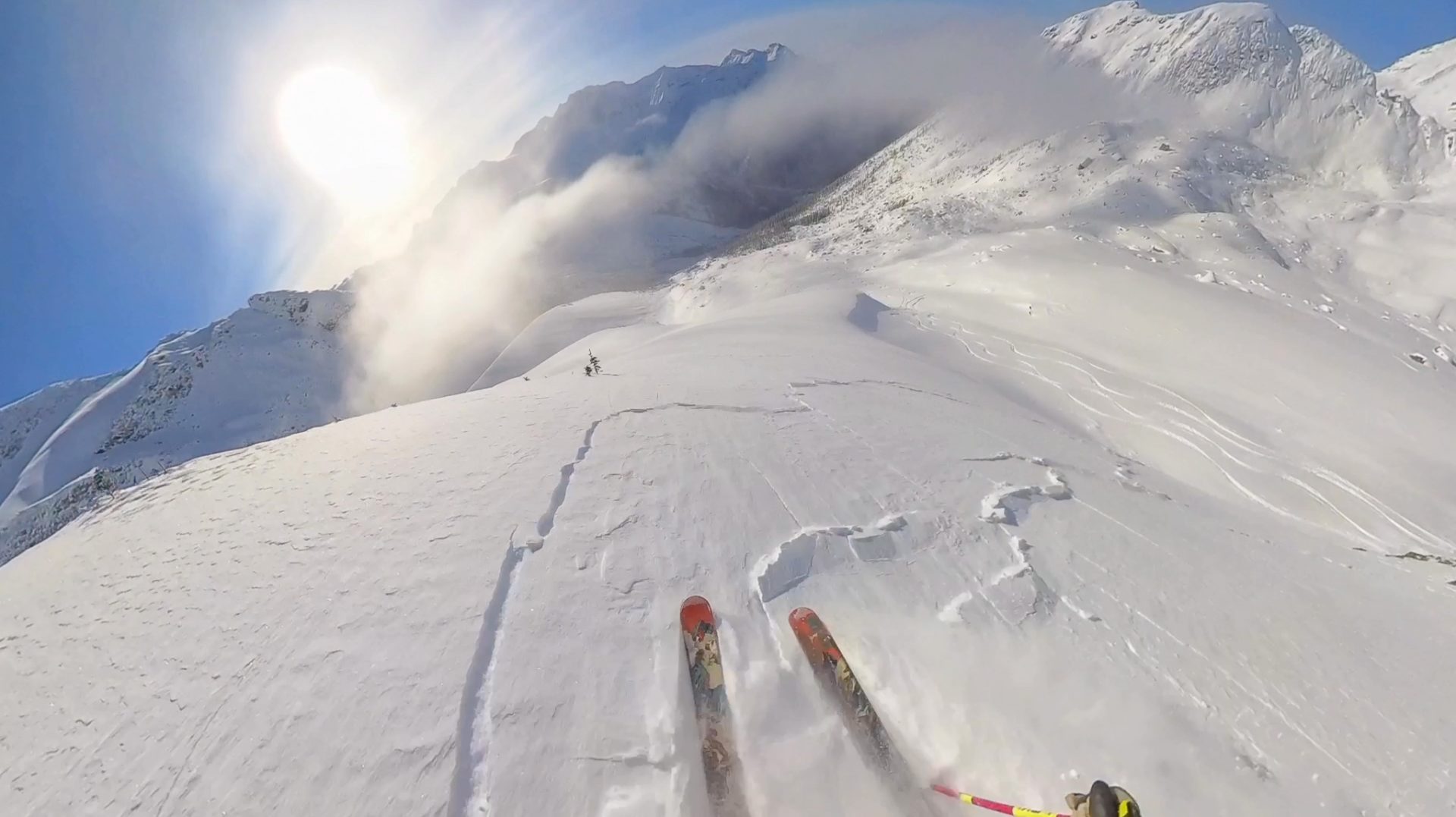
For most skiers and snowboarders, the risk of dying in an avalanche is very low. Yet there are those who suffer from nivisphobia—the fear of avalanches—and cite it as the reason they avoid the mountains altogether. A healthy respect for avalanche risk can save your life in the backcountry. But how rational is a genuine fear of avalanches when viewed through a statistical lens?
In truth, the odds of dying in an avalanche are vanishingly small—lower, in fact, than the chance of being struck by lightning in any given year. Still, for those who want to minimize even that remote risk when planning a ski trip, the numbers vary significantly by country. Using recent data on avalanche fatalities and skier traffic, we crunched the numbers to arrive at a risk factor per million (see table below) based on the nine countries with the highest skier visits in the world.
For this analysis, we used the 10-year average avalanche deaths per country for the 2014-15 to 2023-24 hydrological year and divided it by the 2023-24 annual skier visits to arrive at a risk factor per million. The reason an average was used for the avalanche deaths was to exclude outlier years and find a number that is reflective of a standard normal avalanche risk. The reason the 2023-24 skier visits was used is that an average in this case would reduce the number for some countries but not others as certain countries had very strict limitations on ski resorts and recorded either no skiers or fractions of normal seasons, which would have overstated the avalanche risk as a result.
Avalanche Fatalities per Million Skier Visits
| Rank | Country | 10-Year Avg. Annual Avalanche Deaths | Annual Skier Visits (Millions) | Deaths per Million Skier Visits |
|---|---|---|---|---|
| 1 | Switzerland | 18.3 | 23.1 | 0.79 |
| 2 | Italy | 21.6 | 32.0 | 0.68 |
| 3 | Canada | 10.8 | 17.9 | 0.60 |
| 4 | France | 21.6 | 51.9 | 0.42 |
| 5 | USA | 23.4 | 60.5 | 0.39 |
| 6 | Austria | 15.1 | 50.1 | 0.30 |
| 7 | Japan | 6.6 | 24.5 | 0.27 |
| 8 | Sweden | n/a | 24.4 | n/a |
| 9 | China | n/a | 23.1 | n/a |
Looking at the data, skiing in Switzerland, for instance, carries nearly double the avalanche fatality risk compared to skiing in the United States. Meanwhile, in Japan—a mecca for powder seekers—the risk is about half that of France or the U.S. But this only tells part of the story.
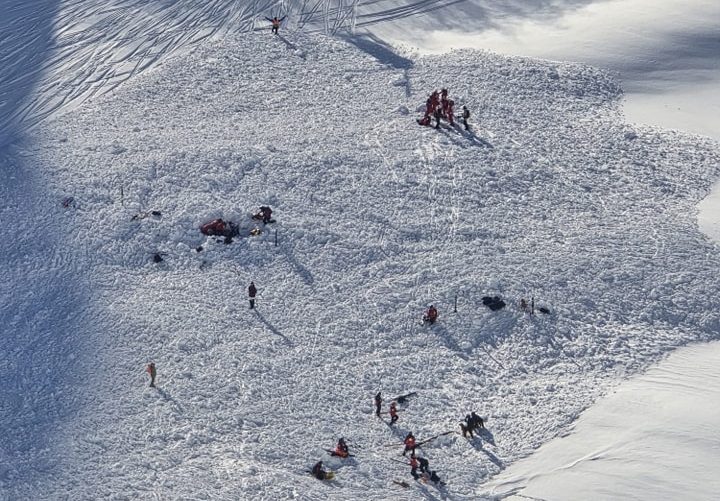
Japan’s avalanche data shows dramatic year-to-year swings. The deadliest season in the last 10 years was in 2017, when 21 people were killed, eight of them in a single incident on Mt. Nasu. Most seasons, however, see just three to four avalanche deaths. To put it in mathematical terms, the Japan datasets from 2014-15 to 2023-24 have a standard deviation of 5.45, which means, statistically, 2017 was 2.64 standard deviations above the mean, which falls way outside a normal distribution curve. In other words, 2017 was an outlier season that skews perception more than it reflects typical conditions.
In contrast, Switzerland and the U.S. show more stable patterns. Fatalities in ‘bad’ years may climb into the 30s, while even ‘good’ years never dip below the teens. Importantly, Switzerland has seen a steady decline in avalanche deaths over the past three decades, thanks to robust on-mountain safety measures that have all but eliminated the village-level disasters of the early 20th century. These days, around 86% of avalanche deaths in Switzerland occur in the backcountry, and another 14% off-piste. Swiss define backcountry outside of resort areas, while off-piste will be inside resorts but outside groomed runs (which at times may be out-of-bounds, such as the tragic Zermatt avalanche that killed three).
Japan, by contrast, has seen a recent uptick in fatalities, driven not by worsening conditions or safety standards, but by increased foreign visitation. International tourists now account for roughly only 10% of skier visits in Japan, yet they make up about 50% of all avalanche victims, due to their tendency to venture off-piste. Japanese data indicate that most fatal avalanches occur in backcountry zones, often without guides or adequate safety equipment. Many Japanese will not venture into the backcountry, particularly if backcountry gates are closed. Japanese officials keep urging foreigners year after year to adhere to avalanche warnings and respect backcountry gate closures. In Japan, 90% of avalanche incidents occur off-piste or deep in the backcountry.
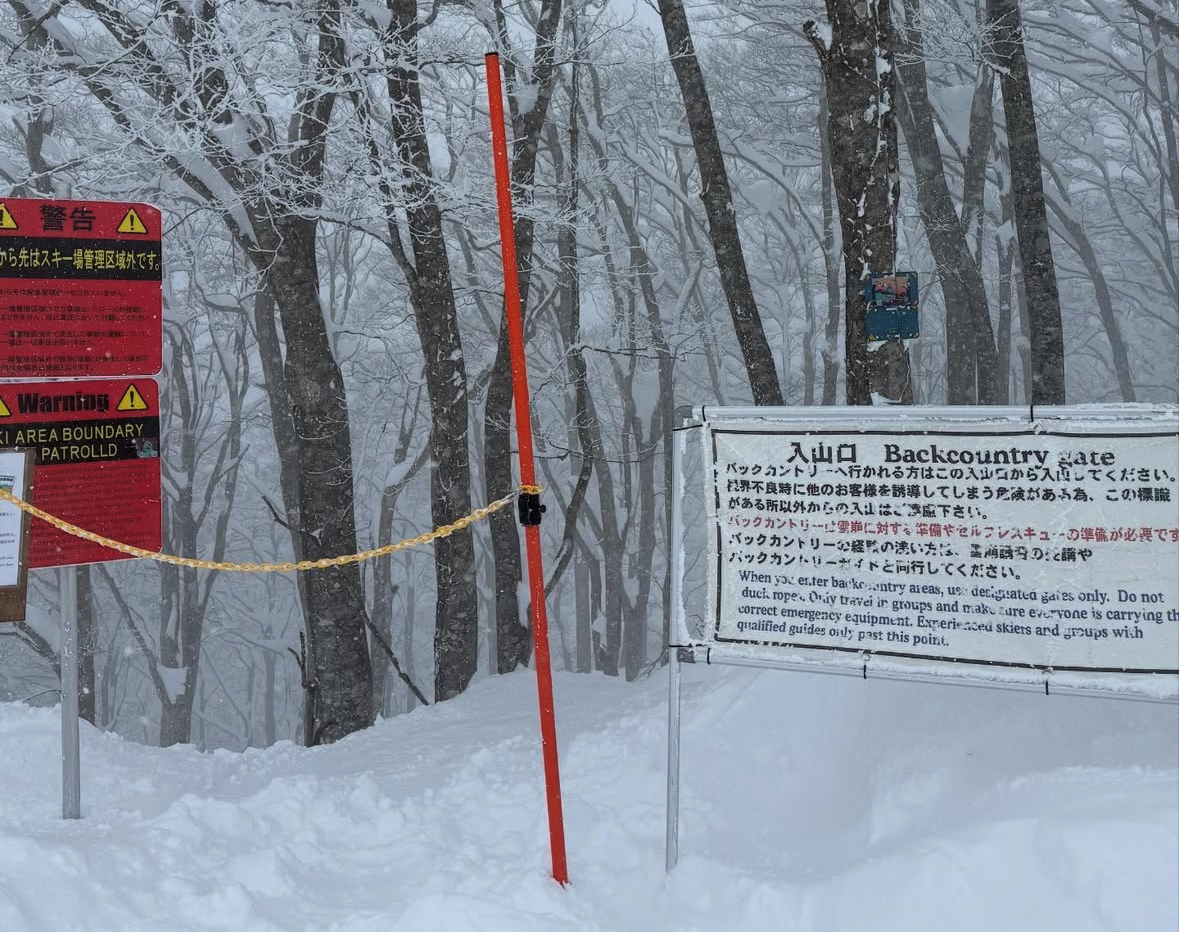
Efforts to compare avalanche risk across countries are complicated by inconsistent data. China and Sweden, despite ranking in the top nine for skier visits, had to be excluded from the analysis due to a lack of availability of 10-year skier visit figures. Sweden’s relatively flat topography makes a high number of avalanche deaths unlikely, while fatal Himalayan climbing incidents, outside the scope of ski-area safety, muddy China’s numbers.
Complicating comparisons further, the U.S. and Canada include snowmobile-related avalanche deaths in their statistics—a recreational activity virtually nonexistent in the Alps or Japan. Canada also sees an outsized number of fatalities linked to heli-skiing. While once considered high-risk, heli-skiing has become far safer over time. Since the 1970s, fatality rates in heli-skiing have dropped from 85.1 per million skier visits to just 12—a sevenfold decrease, driven by stricter safety standards and improved avalanche forecasting.
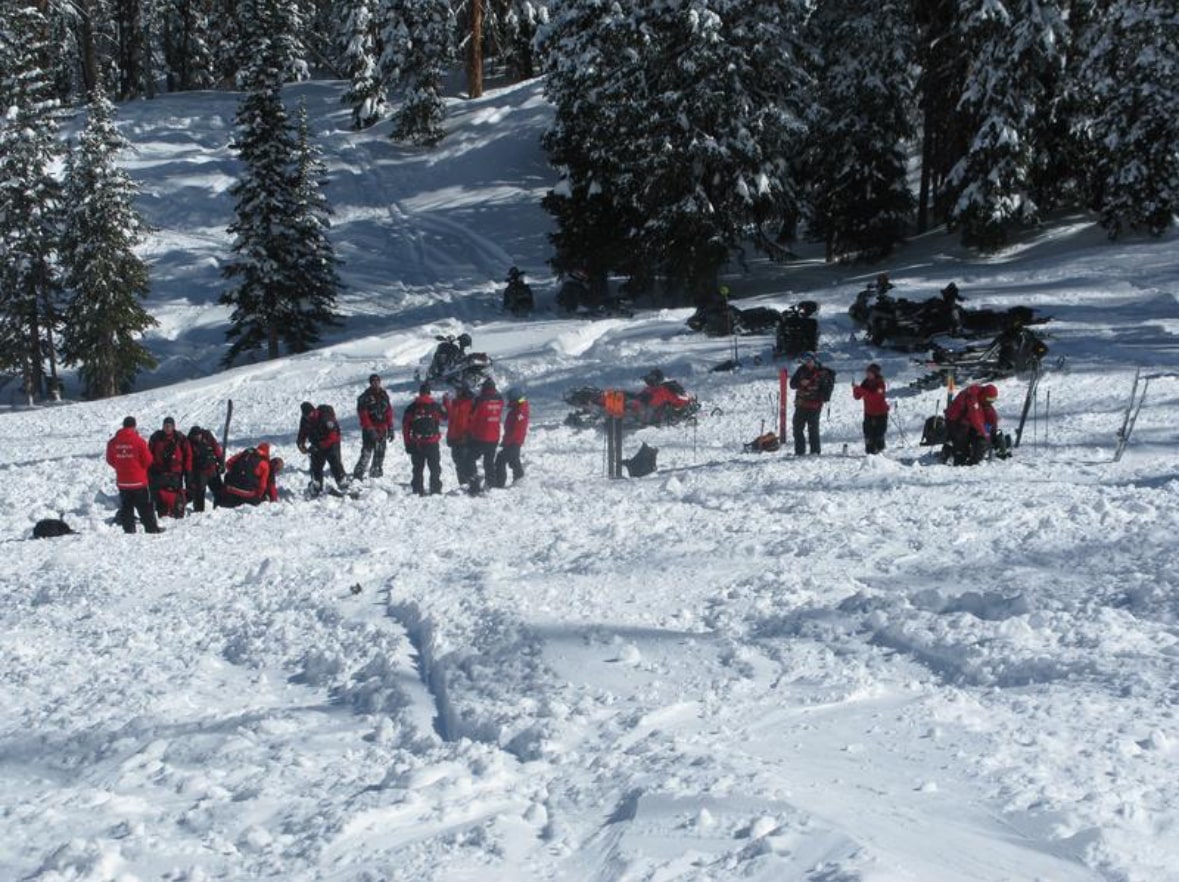
These nuances also highlight a broader limitation: skier visit data is typically reported by ski resorts and does not capture backcountry skiing, snowshoeing, or guided adventures, such as heli- or cat-skiing. As a result, national comparisons should be viewed with caution, though they still offer valuable insights into regional trends.
Looking beyond the major ski nations, New Zealand averages 1.1 avalanche deaths per year, many tied to hiking or heli-skiing. With 1.49 million annual skier visits, its rate of 0.67 deaths per million visits would rank it third overall, if included. Meanwhile, Chile, with 613,000 skier visits, and Argentina, with 1.5 million skier visits, do not provide annual data on avalanche deaths.
Despite these differences, one message is clear: avalanche risk is highly context-dependent, but it’s not something to dismiss. For those venturing into the backcountry, proper preparation is non-negotiable. Avalanche beacons, shovels, probes, and most importantly, training in how to use them, remain essential. If you’re looking to stay safe, stay on the marked runs. The vast majority of avalanche deaths occur in the backcountry or off-piste. Inbound avalanches within ski resort boundaries that hit groomed runs remain exceptionally rare across all major ski nations.
Avalanche fear may not be irrational, but it should be informed. The mountain deserves your respect. But with the proper precautions, it doesn’t have to take your life.

